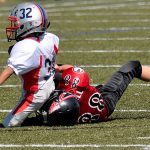
With concern over concussion dangers rising, most U.S. parents now say that they would support bans on tackling in youth football, a new survey shows. Researchers found that of more than 1,000 parents in a national sample, 60 percent were in favor of age restrictions on tackling. Another quarter were in the “maybe” camp. The study, published online April 1 in the journal Pediatrics, dovetails with growing fears about sports-related concussions in children and teenagers. The rate of concussion in youth sports remains fairly low; but research suggests that because so many U.S. kids play sports, it translates to as many as 1.9 million concussions a year among 5- to 18-year-olds. So, various sports organizations have laid out new rules to protect young athletes from head injuries. For example, youth soccer leagues recommend that kids younger than 11 avoid “heading” the ball, while USA Hockey advises against “body checking” for players younger than 13. The issue of tackling in youth football remains debated, though. The new study tried to gauge where parents stand, since their views are crucial, said lead author Dr. Sara Chrisman, of Seattle Children’s Research Institute. Her team found that few parents — 15 percent — were against age restrictions on tackling. And moms and dads were generally on the same page: 58 percent of men and 63 percent of women supported… read on >










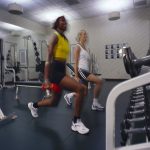

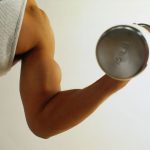
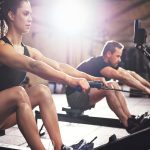
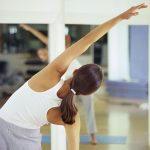










-300x200.jpg)










